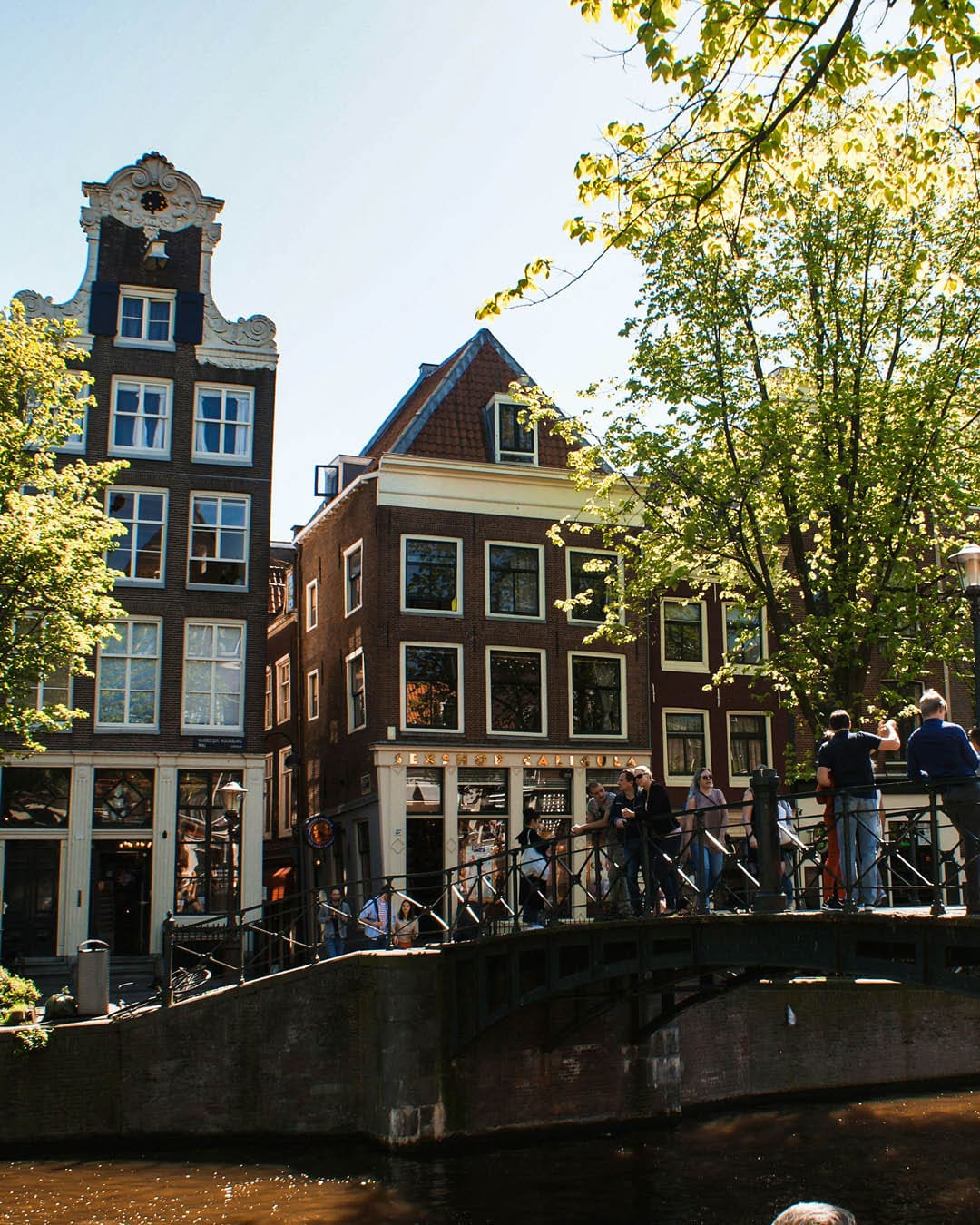In 2023 Amsterdam launched a high-profile ‘stay away’ campaign – hard-hitting digital ads targeted at anyone searching for its brothels, cannabis cafes or strip clubs, aimed at putting off hedonistic weekenders. This year it turned its sights on cruise passengers – who typically arrive in their thousands on polluting mega-boats and stay for only a few hours in portside areas – by voting to close its city centre cruise terminal. It has since gone ever further by banning the construction of new hotels, or expansion of existing ones – a symbolic decision given the city’s already tight planning controls, but a strong message nonetheless.
In a move that illustrates the occasional desperation of tourist-heavy cities, Barcelona’s council petitioned Google and Apple to remove the 116 bus route – often crammed with visitors on their way to the popular Park Güell – from their maps. The Austrian village of Hallstatt reacted to mobs of smartphone photographers by putting up fences to obscure its picture-postcard vista – a sticking-plaster solution the mayor admitted was intended to remind the world that Hallstatt is a home, not a selfie opportunity.
The uninhabited Greek island of Chrissi was effectively closed to tourists last year to prioritise its fragile ecosystem, said authorities. The same has happened in several of Thailand’s most popular hotspots, notably Maya Bay. With anti-tourist sentiment increasing, it’s easy to feel unwelcome when you step off a plane. But are tourist taxes and the like enough to change things?

Taking a regenerative approach
Truly radical solutions target the structural inequalities of tourism, not just tourists themselves. I asked Dr Donna Chambers, professor of Critical Cultural Studies at Northumbria University and associate editor at Annals of Tourism Research, where she sees possibility for change. “The concept of regenerative tourism might provide an ‘answer’ to this issue,” she says, “as it requires a new economic model and a disruption of the status quo that perhaps goes beyond older concepts of community and sustainable tourism.”

The idea of regenerative tourism has been around for a while, but has recently started to enter mainstream conversation. New Zealand’s Tiaki Promise, which all visitors are encouraged to take on inbound Air New Zealand flights and at tourist centres, neatly sums up the concept: ‘While travelling in New Zealand I will care for land, sea, and nature, treading lightly and leaving no trace; travel safely, showing care and consideration for all; respect culture, travelling with an open heart and mind.’ To work, regenerative tourism requires involvement at every layer: governments have to pass laws, locals and workers have to be educated in the philosophy, and the industry itself has to implement the principles as part of its model – which, for the most part, is still a capitalist one.







